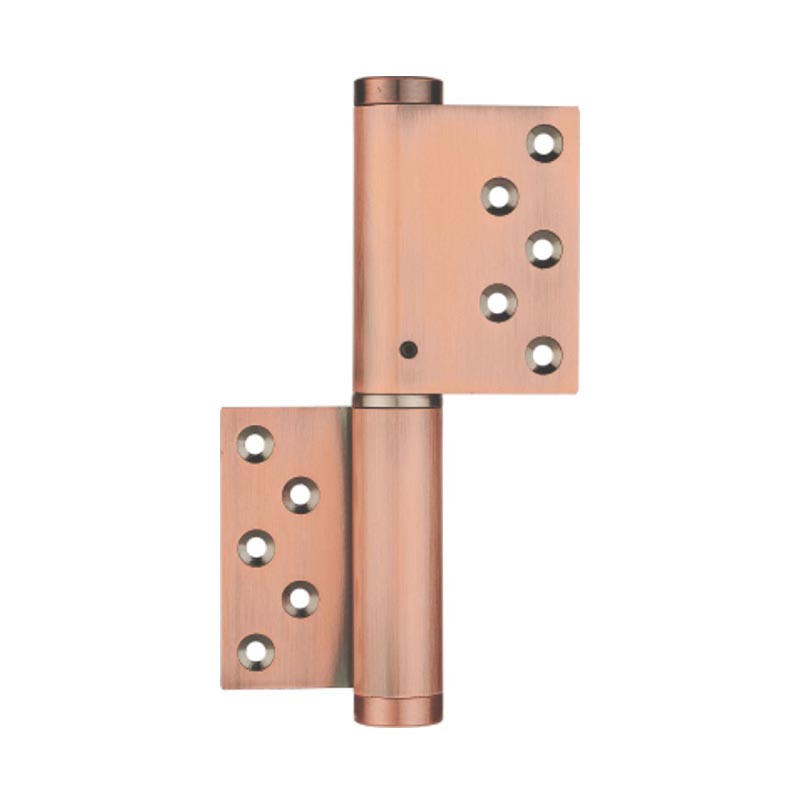Hydraulic Damping Hinges are essential components in furniture, cabinetry, and industrial doors, providing smooth and controlled motion. In environments where doors are frequently opened and closed, the durability of these hinges becomes a critical factor. Consistent performance under repeated stress ensures user safety, reduces maintenance costs, and extends the operational lifespan of both the hinge and the door. Understanding the factors that affect durability helps manufacturers design more reliable products.

The internal hydraulic system is the core of the hinge’s damping function. The system contains a piston moving through a fluid-filled chamber, providing resistance during opening and closing. Durable hydraulic hinges are engineered with high-quality fluids that maintain viscosity under varying temperatures, reducing wear and preventing performance degradation. Seals and gaskets made from long-lasting elastomers prevent fluid leaks, which is crucial in maintaining consistent damping even under continuous use. Regular maintenance ensures that hydraulic fluid remains uncontaminated, further prolonging system life.
The materials used in constructing Hydraulic Damping Hinges directly influence their ability to withstand repeated motion. High-strength metals and alloys are selected for pivot points, housings, and internal components to resist deformation and fatigue over time. Hardened surfaces and anti-wear coatings reduce friction and prevent micro-abrasion, maintaining smooth operation. The combination of strong materials and precision engineering ensures that the hinge can endure thousands of cycles without compromising its damping capability or structural integrity.
Durability is also dependent on the design of the pivot points and mechanical linkages within the hinge. Precision machining ensures that moving parts align correctly, reducing uneven stress and wear. Bearings or bushings at critical points help distribute load evenly, preventing localized fatigue. Proper lubrication of these moving parts further reduces friction and enhances performance under continuous operation. Well-designed pivots ensure that the door motion remains smooth, even after prolonged and frequent use.
Hydraulic Damping Hinges used in high-traffic or industrial settings may be exposed to dust, moisture, or temperature fluctuations. Corrosion-resistant coatings such as plating, anodizing, or powder coating protect the hinge from rust and chemical degradation. Temperature-resistant fluids maintain stable viscosity under extreme conditions, ensuring consistent damping. These protective measures contribute significantly to the hinge’s durability and long-term performance.
Manufacturers often conduct accelerated life-cycle testing to evaluate the durability of Hydraulic Damping Hinges under high-frequency use. These tests simulate thousands of opening and closing cycles, checking for leakage, damping consistency, and mechanical wear. Quality control processes ensure that each hinge meets strict performance standards, guaranteeing reliable operation even in demanding environments. Testing also identifies potential design improvements, such as reinforcement of weak points or selection of more resilient materials.
The durability of Hydraulic Damping Hinges in high-use scenarios relies on a combination of high-quality hydraulic fluids, strong materials, precise mechanical components, and protective surface treatments. By focusing on these aspects, manufacturers can produce hinges that maintain consistent damping, resist wear, and withstand thousands of cycles without failure. Proper design, regular maintenance, and quality assurance practices ensure that these hinges deliver long-term reliability, providing smooth and safe operation in both residential and industrial applications.